Originally published by Space Intel Report on July 9, 2025. Read the original article here.
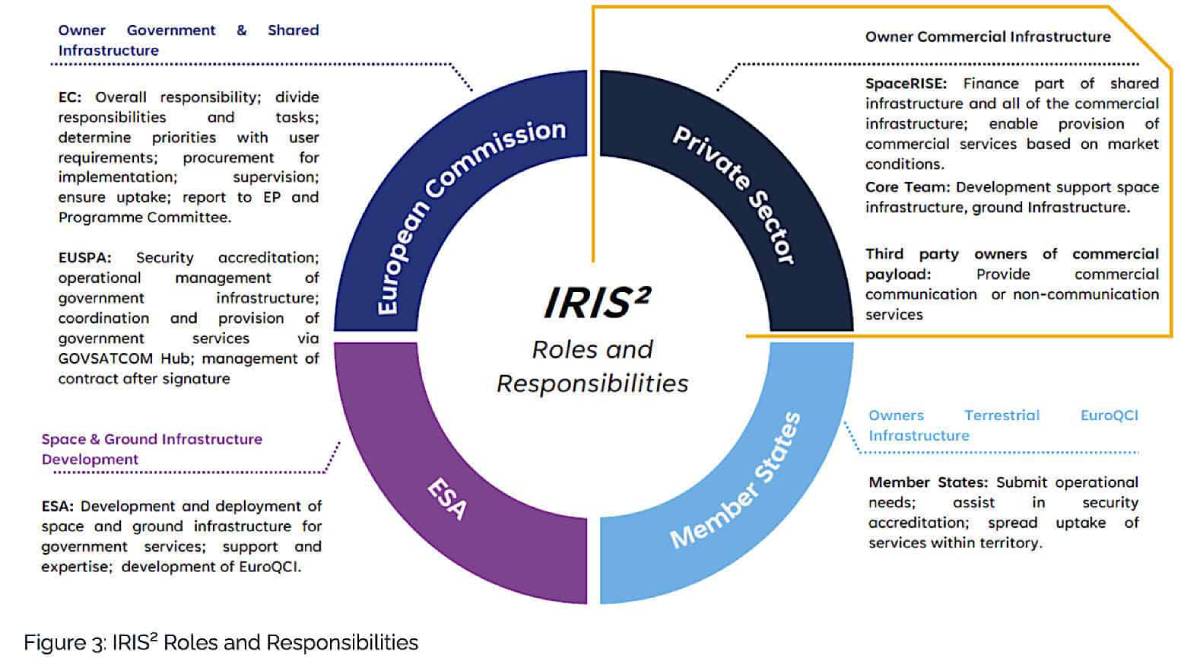 (Source: ESPI)
(Source: ESPI)
LE BOURGET, France — Four organizations heavily involved inn the design of Europe’s future Iris2 dual-use, multi-orbit secure communications constellation — Airbus Defence and Space, Eutelsat Group, the French Defense Ministry and Thales Alenia Space — said they were focused on developing the network to meet user requirements and not on whether Iris2 will offer superior performance to SpaceX’s Starlink.
The European Commission, which is the majority owner of Iris2, routinely says it will be better than Starlink. But for the organizations involved in assembling it, a Starlilnk comparison does not make much sense.
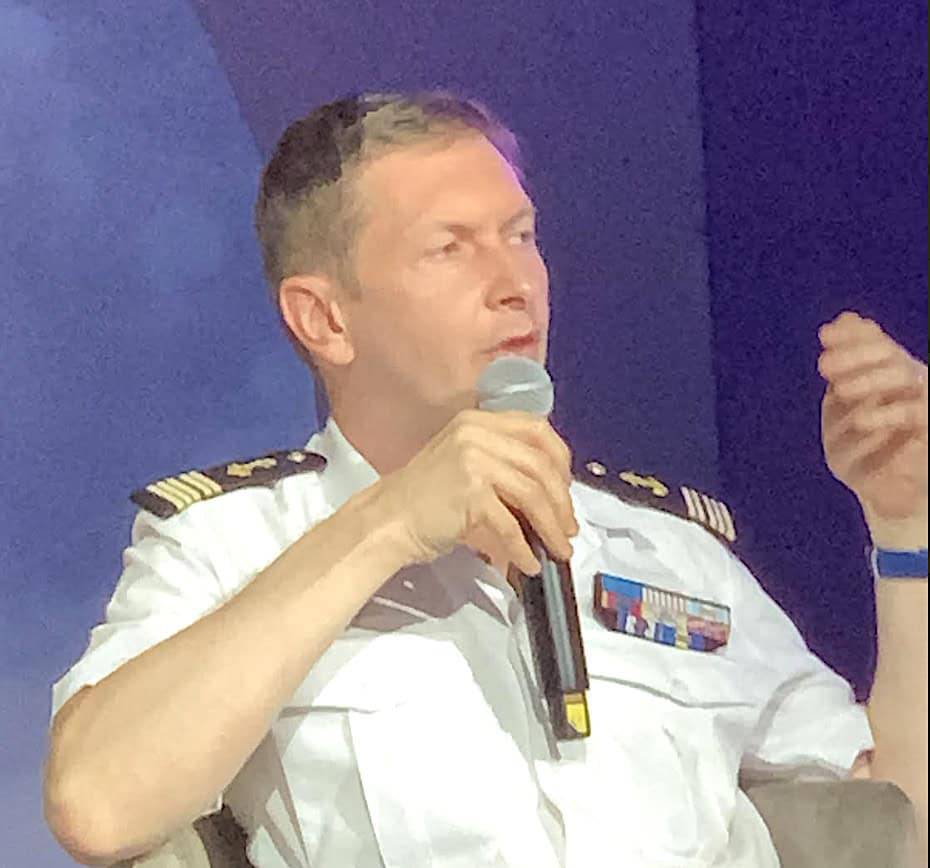 CV Camille Girard. (Source: Space Intel Report)
CV Camille Girard. (Source: Space Intel Report)
Camille Girard, operational coherence officer and Iris2 expert at the French Defense Ministry, now a major partner in Iris2, said what matters is Iris2’s ability to meet performance specifications set by the military.
“We are not concerned about positioning the service relative to others,” Girard said here June 17 at the Paris air show. “Maybe for the secondary payloads that may be a priority for IoT, D2D and other applications from the constellation.”
Girard said the French military likes the fact that Iris2, which will be in part a OneWeb Gen 2 for Eutelsat, orbits at 1,200 km as opposed to 550 km for Starlink. OneWeb has some 600 satellites operating in orbit and has not yet reached full global coverage. Starlink has 7,000+ satellites and offers global reach.
“The first point is the altitude,” Girard said. “OneWeb is 1,200 km, so higher than Starlink, with fewer satellites. Being higher it’s better protected against threats and that is a positive. I won’t go deeper into this topic, but the military likes that about OneWeb.”
“Sovereignty means the liberty to act. What we have seen in Ukraine is that the infrastructure was broken and they relied massively on Starlink for civilian and military communications, UAVs and intelligence. Upping the data rate for intelligence and targeting, and then at tactical level to be sure everyone has accurate data to act for UAV targeting” is a key goal of Iris2, Girard said.
Iris2’s lead contracting team is now building its supply chain before a final systems performance and cost review at the end of this year. Satellite operators Eutelsat Group, SES and Hispasat together have tentatively committed more than 4 billion euros to the network’s estimated capex of some 11 billion euros ($12.9 billion). They are managing the program through their SpaceRise consortium, which is to operate the network under a 12-year concession.
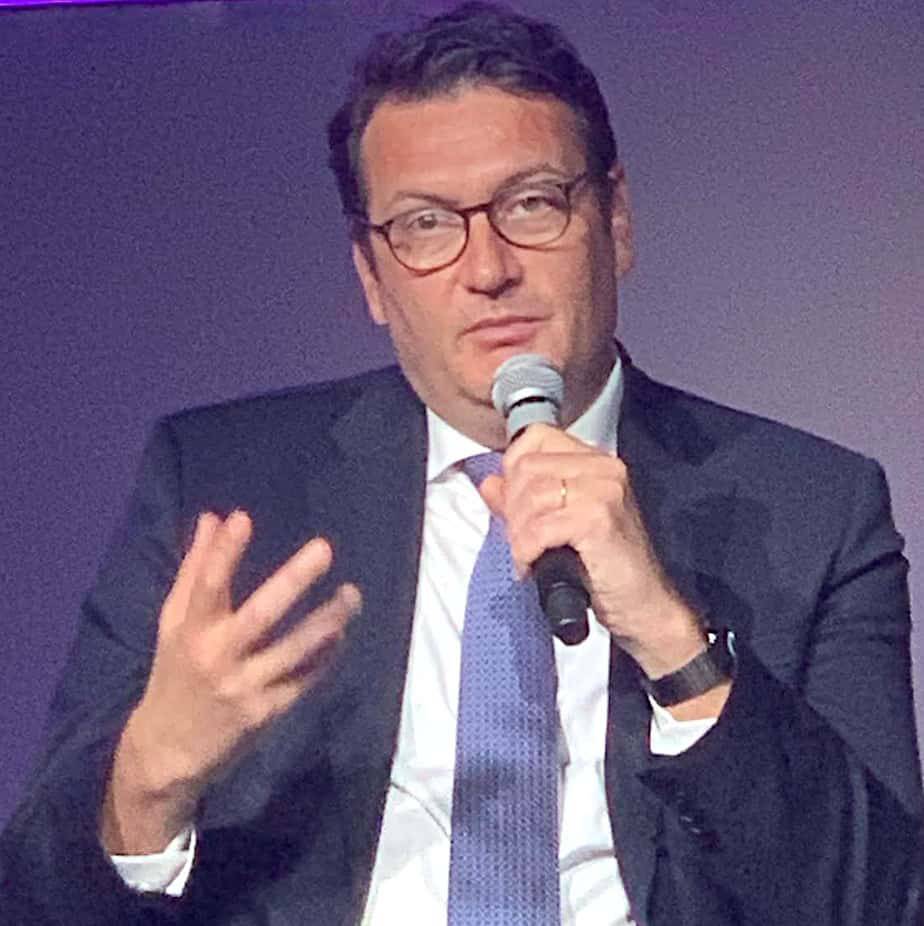 Stéphane Vesval. (Source: Space Intel Report)
Stéphane Vesval. (Source: Space Intel Report)
Stéphane Vesval, senior vice president for space systems sales at Airbus Defence and Space, said Iris2 will give Europe’s space industry experience in volume production of high-end space hardware, which he said has been the greatest advantage of the U.S. competition.
“What we are lacking compared to the US is volume effects, in communications and in Earth observation,” Vesval said. “How do we ramp up our capabilities so that we acquire some level of autonomy to make sure that we don’t have just state of the art technologies but also the volume effect for intelligence and connectivity? So we are in full control of our own capability? Technology comes together with industrialization.”
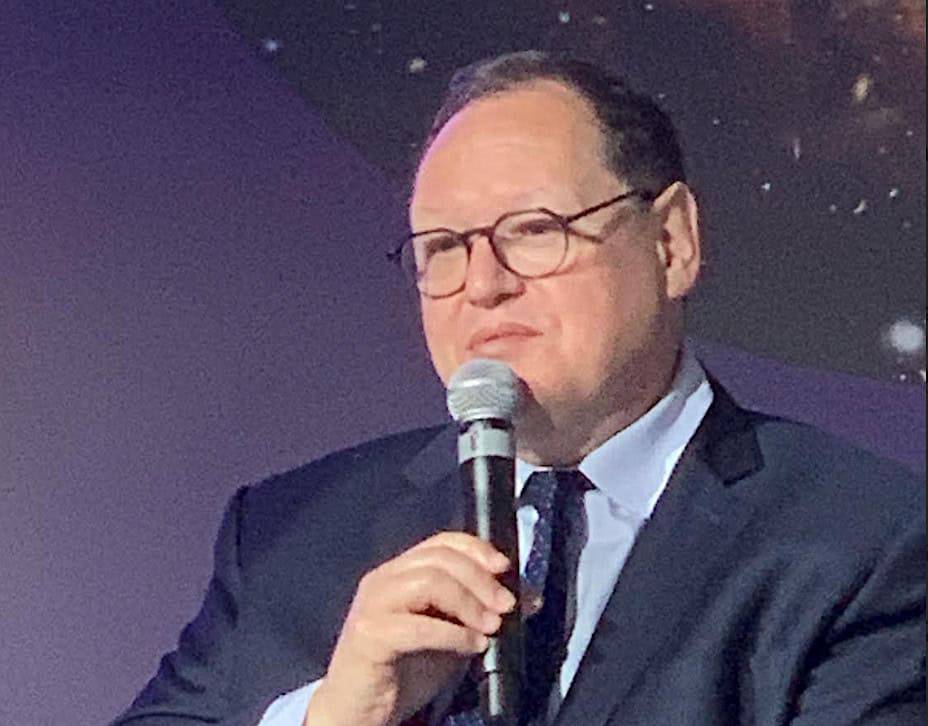 Benoit Couture. (Source: Space Intel Report)
Benoit Couture. (Source: Space Intel Report)
Benoit Couture, vice president of telecom constellations and Iris2 at Thales Alenia Space, which with Airbus is slated to be one of the main industrial contractors, said Thales has built constellations in the past — including the second-generation networks for both Iridium and Globalstar — but that Iris2 will require higher production rates.
“Producing one satellite per day is really a game changer for the European space industry,” Couture said. “We have built constellations, but with fewer satellites. We will benefit from having two sites, in Italy and France, for payload production at. And we are looking to put out contracts for the rest of the supply chain.
“We started at the beginning of the year to de-risk the payloads,” Couture said. “We need to develop new functions, components and systems. This means we are starting with a low technical maturity level that we need to increase to raise.”
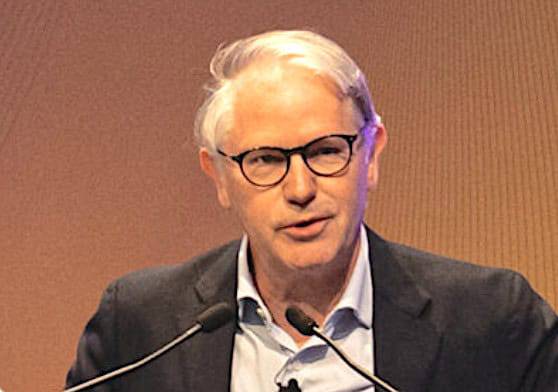 Jean-Hubert Lenotte. (Source: SmallSat Europe)
Jean-Hubert Lenotte. (Source: SmallSat Europe)
Jean-Hubert Lenotte, Eutelsat Group’s chief strategy and resource officer, said today’s OneWeb has one clear disadvantage relative to Starlink — it does not offer full-globe coverage. But that is changing as Eutelsat switches on Earth stations, one nation at a time.
Both systems deliver great connectivity,” Lenotte said. “When you make the comparison in terms of sheer connectivity, it’s actually very comparable in terms of the basic metrics. In throughput, latency, availability and service stability — the key parameters that are the focus of customers — the systems are very comparable.”
Girard said that for the French military, Iris2’s ability to deliver autonomy, sovereignty and resilience in communications is the project’s main driver.
“Sovereignty means the liberty to act,” Girard said. “What we have seen in Ukraine is that infrastructure was broken and they relied massively on Startlink for civilian and military communications, UAVs and intelligence. Increasing the data rate for intelligence and targeting, and then at the tactical level to be sure everyone has accurate data to act for UAV targeting” is key to Iri2’s success.
Originally published by Space Intel Report on July 9, 2025. Read the original article here.
